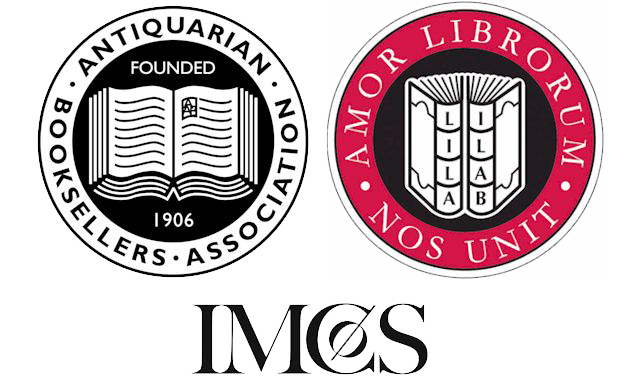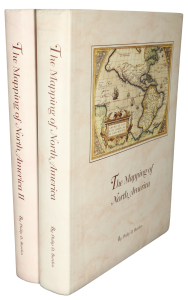Rare Maps and Prints
- World & Celestial
- North America
- West Indies, South & Central America
- British Isles
- British Isles
- English counties
- Large-scale
- Bedfordshire
- Berkshire
- Buckinghamshire
- Cambridgeshire
- Cheshire
- Cornwall
- Cumberland
- Derbyshire
- Devon
- Dorset
- Durham
- Essex
- Gloucestershire
- Hampshire
- Herefordshire
- Hertfordshire
- Huntingdonshire
- Islands
- Kent
- Lancashire
- Leicestershire
- Lincolnshire
- Middlesex
- Norfolk
- Northamptonshire
- Northumberland
- Nottinghamshire
- Oxfordshire
- Rutland
- Shropshire
- Somerset
- Staffordshire
- Suffolk
- Surrey
- Sussex
- Warwickshire
- Westmoreland
- Wiltshire
- Worcestershire
- Yorkshire
- Wales
- Scotland
- Ireland
- Western Europe
- Eastern Europe
- Middle East
- Africa
- Asia
- Australasia & Pacific
- Decorative Prints
- Title Pages
Mr. Philip D. Burden
P.O. Box 863,
Chalfont St. Giles, Bucks HP6 9HD,
UNITED KINGDOM
Tel: +44 (0) 1494 76 33 13
Email: enquiries@caburden.com
In 1783 the interim governor of Spanish Louisiana, Bernardo de Gálvez, commissioned one of his lieutenants, José Antonio de Evia, to explore and map the entire northern coast of the Gulf of Mexico, from West Florida to Tampico. Evia set out in 1785 and completed his survey in September 1786. Along the way he explored San Bernardo bay and took detailed soundings of Galveston Bay which he named after his patron. A decade later the results were published in a map at the request of Don Juan Francisco de Langara y Huarte, the Spanish Secretary of State and the Navy. Published in 1799 the Carta Esférica … was a major advance in the mapping of the coast and depicted the entire Gulf of Mexico incorporating the Yucatan Peninsula, Cuba and the Florida peninsula.
In 1807 this larger scale updated chart was issued depicting only the coastline between the Rio Grande and the Mississippi. ‘It shows the mouths and lower courses of six of the seven most important rivers of Texas; the Brazos, though, was curiously absent. Detailed soundings of all of the coastal waterways were given. The Sabine River is shown as the boundary between Texas and Louisiana. … The Carta Particular … is the first large-scaled printed chart of the Texas coast based on actual soundings and exploration. The continued significance of the map was perhaps best indicated by the fact that nearly twenty years later, in 1825, the first president of the new Republic of Mexico, Guadalupe Victoria, ordered an exact copy printed and distributed’ (Martin & Martin). The Trinity River is correctly named here as it was called the Archisas on the 1799 chart.
The other area of greatest significance for this map is its role in the border settlements. The Governor General of Louisiana, Stephen Miró, informed the Viceroy of New Spain in 1785 that the French had left no documents identifying the borders of Louisiana. The 1799 map indicated at Miró’s urging, that the border be set at the Sabine River. It was this border which was debated when the United States acquired Louisiana, and eventually settled at the same Sabine River in the famous Adams-Oñis Treaty of 1819. It was even debated between the newly independent Texas Republic and the United States. Overall a map of considerable influence. Lowery 744 & refer to 721/ Martin & Martin pl. 22b/ Streeter, Bibliography, no. 1041.
In 1807 this larger scale updated chart was issued depicting only the coastline between the Rio Grande and the Mississippi. ‘It shows the mouths and lower courses of six of the seven most important rivers of Texas; the Brazos, though, was curiously absent. Detailed soundings of all of the coastal waterways were given. The Sabine River is shown as the boundary between Texas and Louisiana. … The Carta Particular … is the first large-scaled printed chart of the Texas coast based on actual soundings and exploration. The continued significance of the map was perhaps best indicated by the fact that nearly twenty years later, in 1825, the first president of the new Republic of Mexico, Guadalupe Victoria, ordered an exact copy printed and distributed’ (Martin & Martin). The Trinity River is correctly named here as it was called the Archisas on the 1799 chart.
The other area of greatest significance for this map is its role in the border settlements. The Governor General of Louisiana, Stephen Miró, informed the Viceroy of New Spain in 1785 that the French had left no documents identifying the borders of Louisiana. The 1799 map indicated at Miró’s urging, that the border be set at the Sabine River. It was this border which was debated when the United States acquired Louisiana, and eventually settled at the same Sabine River in the famous Adams-Oñis Treaty of 1819. It was even debated between the newly independent Texas Republic and the United States. Overall a map of considerable influence. Lowery 744 & refer to 721/ Martin & Martin pl. 22b/ Streeter, Bibliography, no. 1041.
DIRECCION DE HIDROGRAFIA
Carta Particular de las Costas Setentrionales del Seno Mexicano ...
Madrid, 1807
590 x 920 mm., dissected and backed on linen.
Stock number: 4778
SOLD






